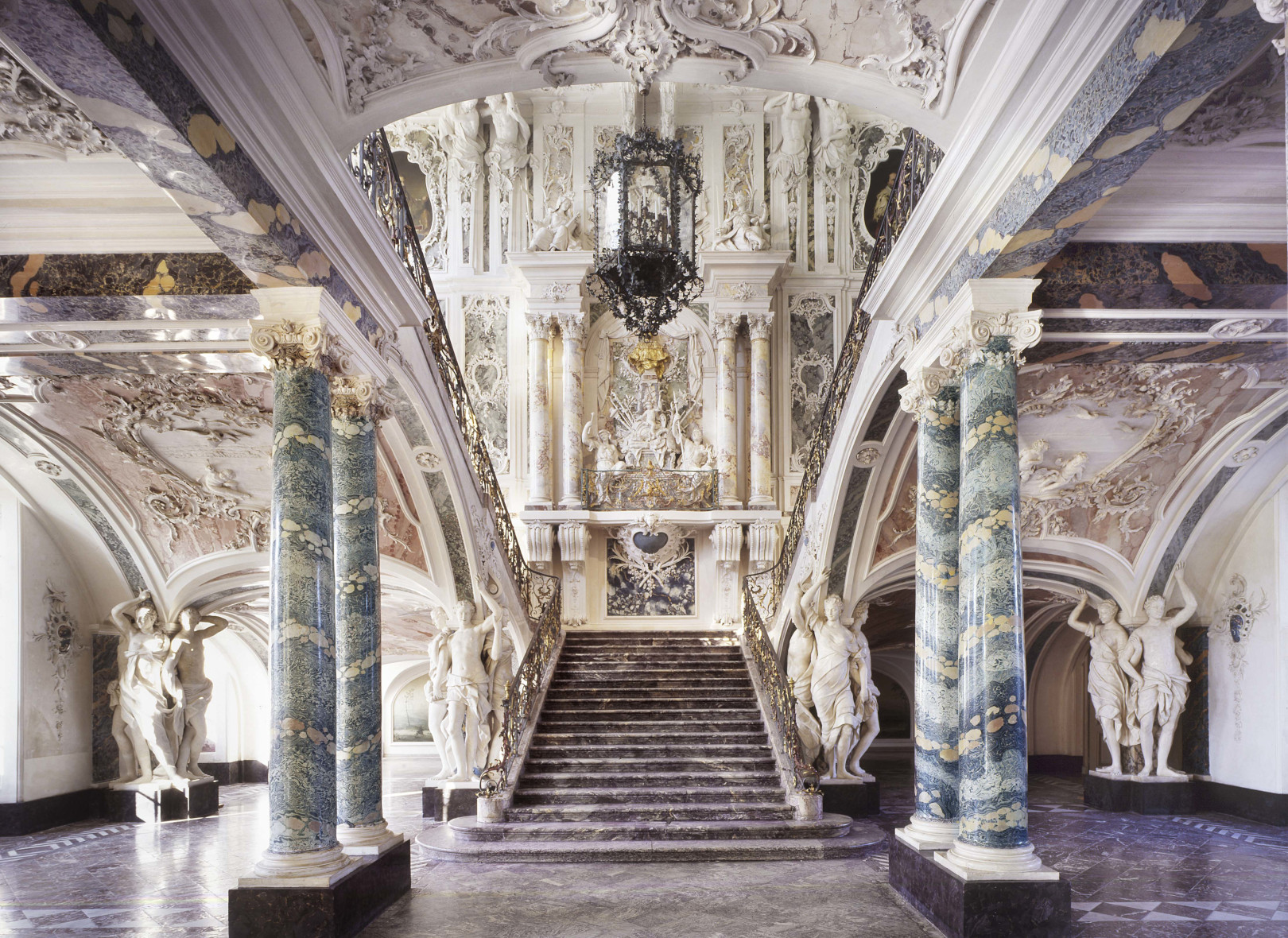Germany’s world heritage sites

What do we leave behind? This a very personal question. One that each and every one of us asks. Heritage is part of our life and in one way or another we devote much time to building a heritage for the future. As a country, Germany is doing the same. Fostered by UNESCO, there are numerous world heritages located in between the North Sea and the Alps that the country is preserving for future generations. How and why? Let us find out.
No doubt, this story has to start with the organisation that supports the preservation of buildings and sites all over the world the most, the United Nations Educational, Scientific and Cultural Organisation (UNESCO). Originally founded amidst the Second World War, UNESCO is concerned with promoting what its name stands for. Naturally, certain edifices are part of a cultural identity and in that regard also part of learning about a particular culture. Henceforth, the title UNESCO world heritage is aimed at highlighting this educational and cultural significance and protecting it from whatever harm may come.

Luebeck. Photo © Luebeck und Travenmuende Tourist Service
First introduced in 1972, the Convention on the Protection of the World Cultural and Natural Heritage has been ratified by 190 states. All of those states were and are able to propose sites for the title, and in 1978 a first list of world heritages that met the requirements was published. The initial list comprised 13 sites from all over the world and among those was also a first German world heritage, namely the cathedral of Aachen. Since June 2014, this list amounts to 1,007 monuments in 161 countries.
How to become a world heritage
As mentioned before, the process of receiving the title ‘world heritage’ begins by suggesting a specific location or monument to the World Heritage Committee. Once a year, the committee comes together and reviews the received proposals. Furthermore, the committee also looks at sites, that already hold the title to discuss its respective condition.

Historic centre of Regensburg from above. © Stadt Regensburg
In order for a proposal to be accepted, specific criteria must be met. Generally, the committee needs to assert the site an outstanding historical, scientific and cultural importance. More specifically, criteria like singularity, authenticity and integrity are combined with at least one of ten UNESCO criteria to make the final decision. Those UNESCO criteria are very exact and are aimed at further classifying the sites in relation to other proposals.
World heritages in Germany
In total, 61 locations in Germany have the status of an UNESCO world heritage. Almost every year since the beginning, a new site or even multiple locations have been awarded. Of course, over time various cathedrals have made the list, but there are also numerous castles and further cultural sites, which do not fit into such a predominant category. Even whole cities, such as the Hanseatic City of Luebeck and historic city districts have received the honours.

Fort at the Upper German-Raetian Limes. © Verein Deutsche Limes Strasse
One particularly interesting string of recipients highlights ancient German history from the times of the Roman Empire. Just by heading out to the ancient Roman UNESCO world heritages, which will take you from Trier, one of the oldest German cities, to all over the country, one is able to follow the frontiers of the ancient landscape by visiting the 550-kilometre-long Upper Germanic-Rhaetian Limes. Featuring plenty of Roman forts, travelling along its lines will transport you back in time and allow for a tangible historic experience. You can discover extensive background information on the Limes Road with our special feature on the forthcoming pages.
Appreciation and preservation
In the end, dealing with UNESCO world heritages is not only concerned with our own heritage. Through its continual efforts, the organisation is also raising our attention towards our common past. Visiting the sites and looking into their unique value helps us appreciate both history and our place in it and in that way lends inspiration and perspective for our present.

Essen. Photo © Entwicklungsgesellschaft Zollverein
This is why the UNESCO world heritage title will always be important. Preserving and promoting the sites, both in Germany and all over the world, is a valuable contribution to cultural and historical learning. In fact, it contributes to all aspects that the UNESCO embodies. Losing them would mean losing part of our identity as people, which is something we cannot risk.
TEXT: THOMAS SCHROERS
Subscribe to Our Newsletter
Receive our monthly newsletter by email




